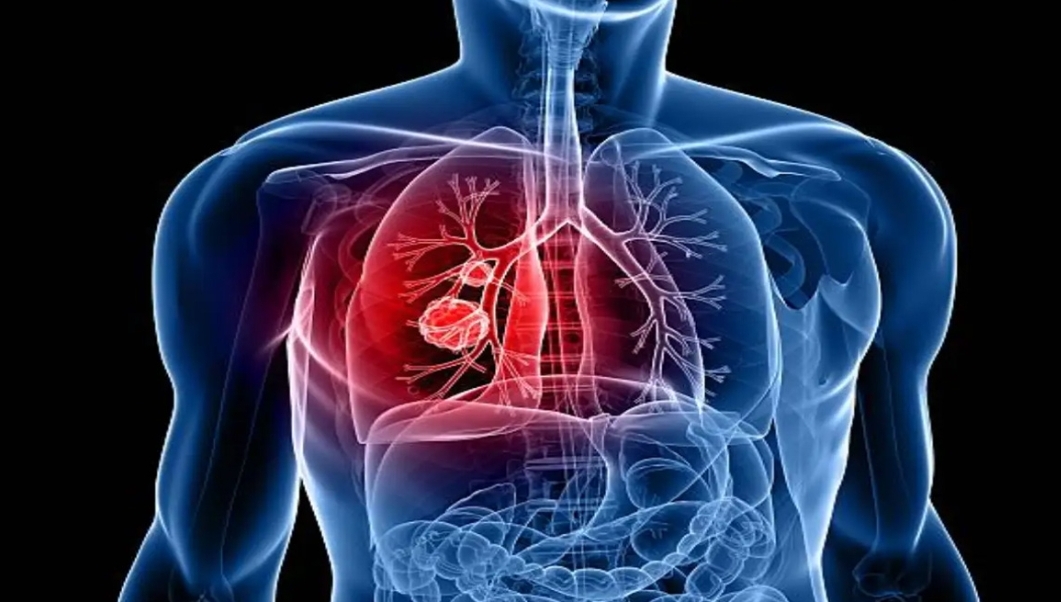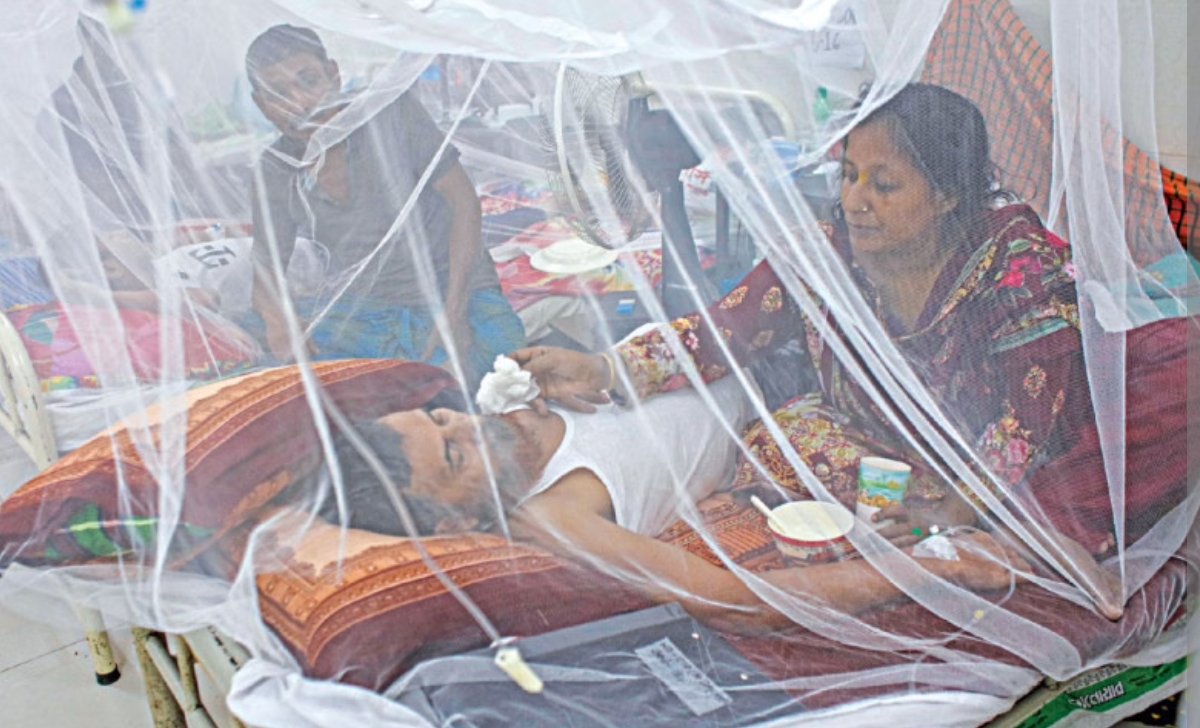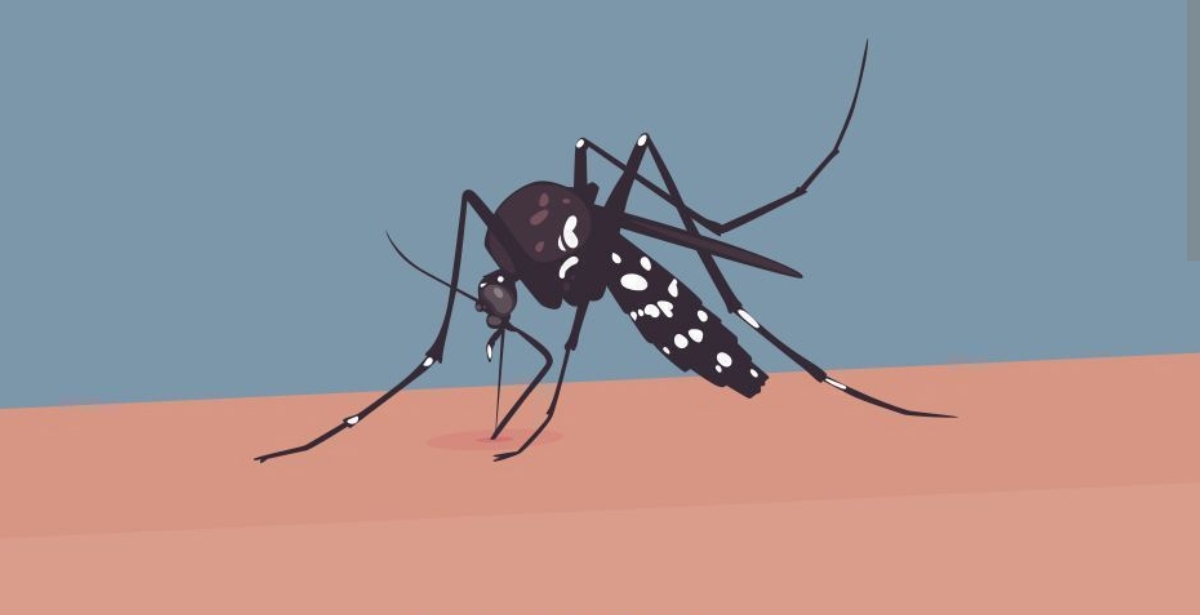Rising lung damage among youth linked to smoking and pollution

- Update Time : 09:24:44 am, Wednesday, 17 September 2025
- / 242 Time View

Lung Cancer on the Rise Among Young People: Causes and Ways to Prevent It
For many years, lung cancer was largely seen as a disease of older smokers. But recent studies are painting a different picture: more young people are being diagnosed, including many who have never smoked. This shift makes it essential to understand the causes, early warning signs, and strategies for prevention.
Why are young people getting lung cancer?
Smoking
Globally, 80–90% of lung cancer cases are linked to tobacco use. In younger patients, research shows a high proportion have smoked at some point. However, there is also a growing number of cases among non-smokers, suggesting additional risk factors are involved.
Environmental exposure
– Radon gas: A natural radioactive gas formed from the decay of uranium in soil and rock. Prolonged exposure, especially during childhood and adolescence, can significantly raise cancer risk.
– Air pollution: Tiny particulate matter from traffic congestion and industrial emissions damages lung tissue over time.
– Workplace hazards: Contact with asbestos, silica, diesel exhaust, or arsenic raises susceptibility.
– Indoor smoke: Cooking with wood or coal in poorly ventilated kitchens increases the risk, particularly for women in rural households.
Genetics and infections
Some young patients show mutations in specific genes that make their lung cells more prone to becoming cancerous. Viruses such as HPV and Epstein–Barr have also been linked. Most cases in the young, however, result from a combination of genetic predisposition, pollution, smoking, and chemical exposure.
Early signs to watch for
Lung cancer often develops silently at first. Symptoms can resemble minor illnesses, leading to delays in diagnosis. Key red flags include:
Coughing up blood or brownish sputum
Chest pain that worsens with deep breathing or coughing
Shortness of breath or wheezing
Repeated chest infections that don’t resolve
Unexplained weight loss and reduced appetite
Persistent hoarseness or sore throat
Fatigue and unusual weakness
If the disease spreads, symptoms may include bone pain, headaches, neurological changes, or swollen lymph nodes in the neck. Early detection greatly improves treatment outcomes.
—
How to lower the risk
Quit smoking: The single most effective step. Even long-term smokers see their risk drop after quitting. Medical counseling, nicotine replacement therapy, or prescription drugs can help.
Avoid secondhand smoke: Choose smoke-free spaces and encourage family members or colleagues to smoke outdoors.
Test for radon: Simple test kits can detect the gas indoors, and mitigation steps should be taken if levels are high.
Workplace protection: Use proper safety equipment to limit exposure to hazardous chemicals.
Improve kitchen ventilation: Ensuring airflow when cooking with wood or coal reduces exposure to harmful smoke.
Healthy lifestyle: A diet rich in fruits and vegetables, combined with regular exercise, strengthens immunity and lowers cancer risk.
⚠️ Note: This article is intended for awareness. It is not a substitute for professional medical advice. Always consult a doctor if you notice concerning symptoms.


























